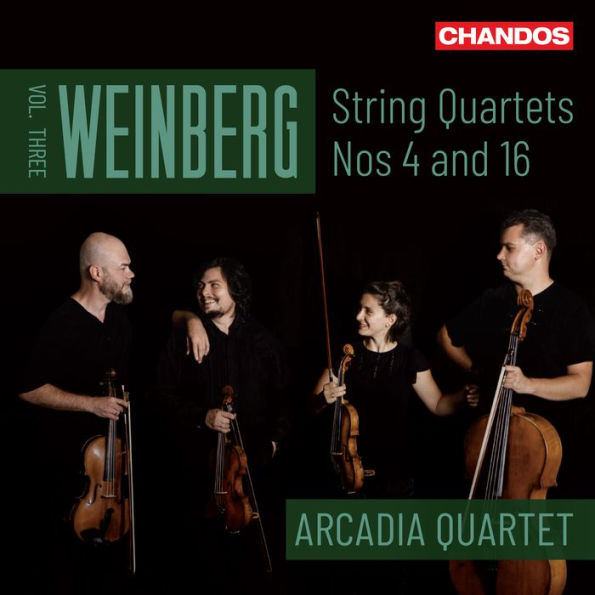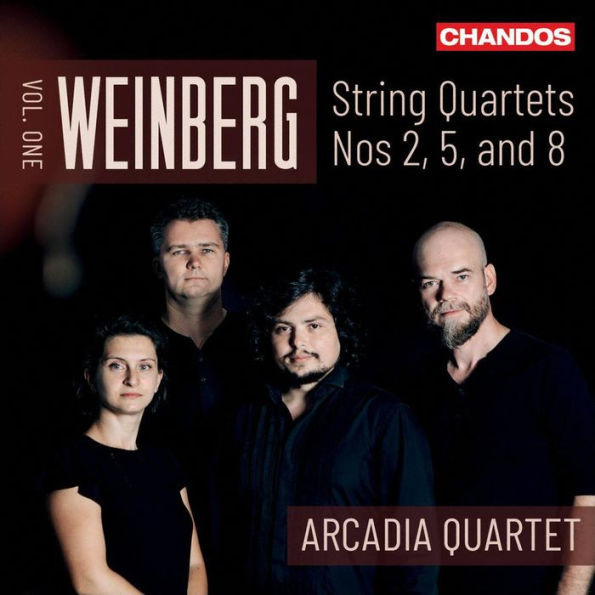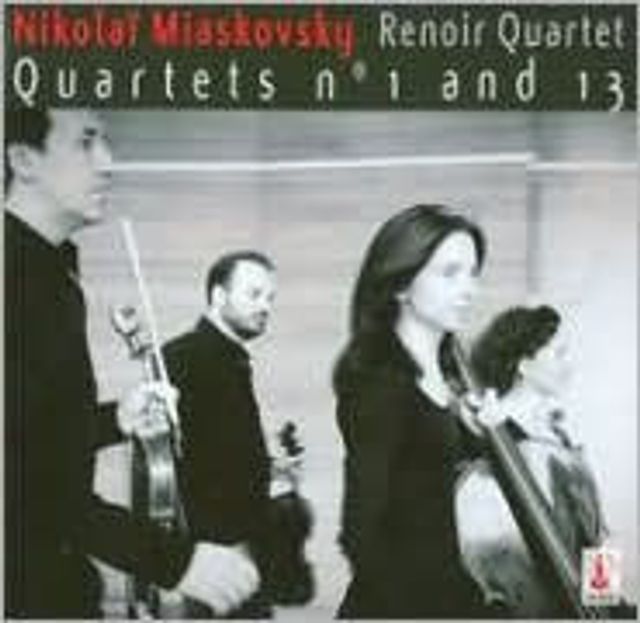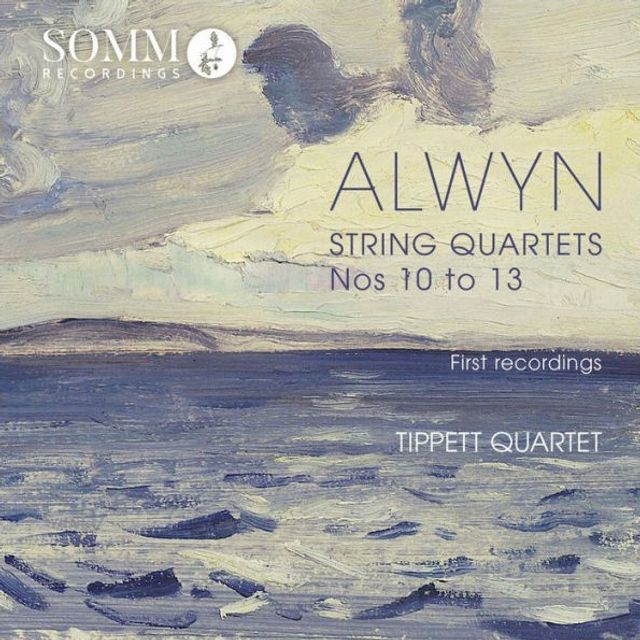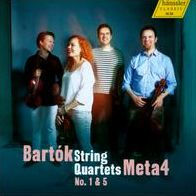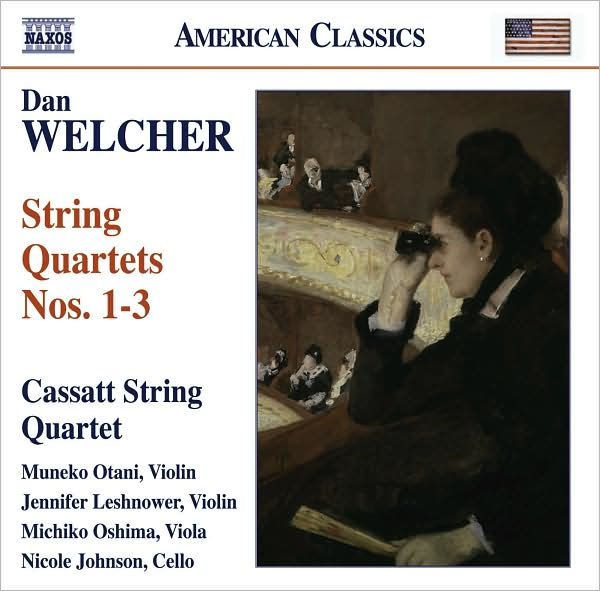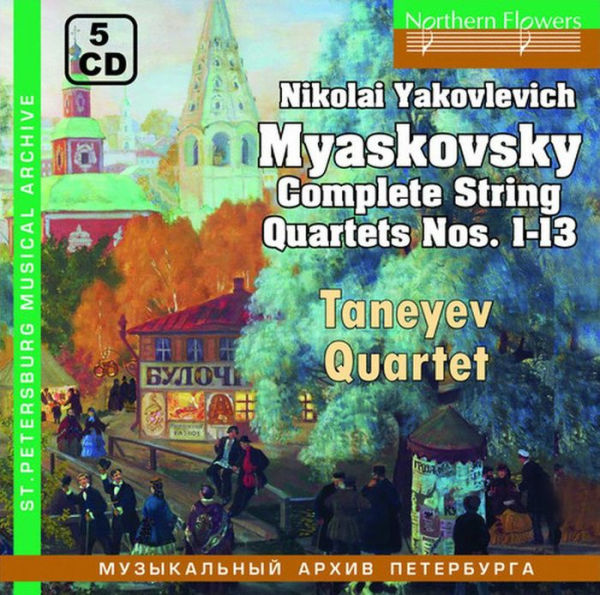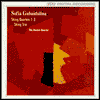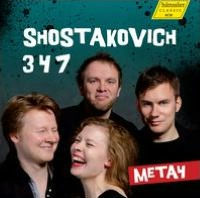Home
Weinberg, Vol. 4: String Quartets Nos. 6, 13, and 15
Barnes and Noble
Weinberg, Vol. 4: String Quartets Nos. 6, 13, and 15
Current price: $22.99
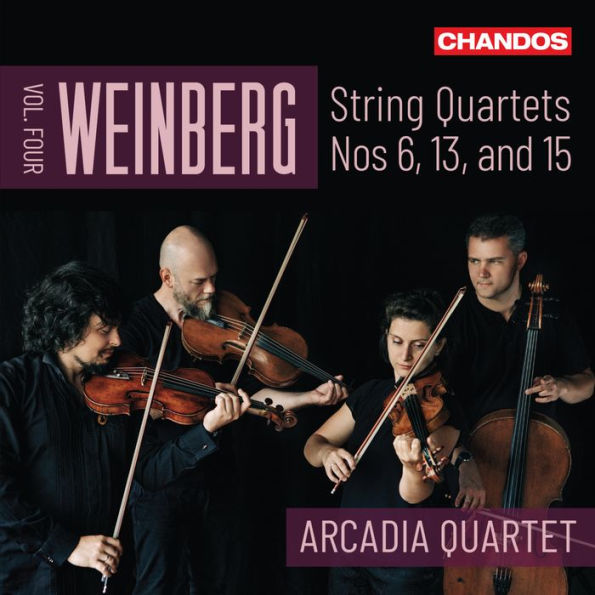

Barnes and Noble
Weinberg, Vol. 4: String Quartets Nos. 6, 13, and 15
Current price: $22.99
Size: OS
Loading Inventory...
*Product information may vary - to confirm product availability, pricing, shipping and return information please contact Barnes and Noble
Among the salutary effects of the general revival attending
Mieczyslaw Weinberg
's music is the appearance of systematic treatments of his work in various genres; these give the lie permanently to the idea that
Weinberg
was some kind of second-tier
Shostakovich
. In this fourth installment of the
Arcadia Quartet
's complete
cycle, there is hardly a movement that one might mistake for the older master. Consider (and sample) the
String Quartet No. 15, Op. 124
, with its eight short movements that are fully modernist in spirit despite traces of tonality. The single-movement
String Quartet No. 13, Op. 118
, has a single-movement structure, unlike anything in
. Perhaps the most impressive work here is the opening
String Quartet No. 6 in E minor, Op. 35
, of 1946. This work, with its furious disruptions and its hints of klezmer music, speaks directly to the Soviet experience during the just-concluded war. Despite this, the tension in the work got
into trouble with
Stalin
's cultural apparatus that he barely, with
's help, escaped. Performances of
, like those of
, tend to divide into two camps: those that put the tension on the surface and those that keep it submerged, and the
tends toward the latter. However, there is plenty of tension to draw on, and this performance (there are other good ones) confirms the work as a masterpiece. Its Beethovenian fugal finale lives up to the Maestoso billing. This release, with fine chamber music sound from Potton Hall, made classical best-seller lists in the summer of 2024. ~ James Manheim
Mieczyslaw Weinberg
's music is the appearance of systematic treatments of his work in various genres; these give the lie permanently to the idea that
Weinberg
was some kind of second-tier
Shostakovich
. In this fourth installment of the
Arcadia Quartet
's complete
cycle, there is hardly a movement that one might mistake for the older master. Consider (and sample) the
String Quartet No. 15, Op. 124
, with its eight short movements that are fully modernist in spirit despite traces of tonality. The single-movement
String Quartet No. 13, Op. 118
, has a single-movement structure, unlike anything in
. Perhaps the most impressive work here is the opening
String Quartet No. 6 in E minor, Op. 35
, of 1946. This work, with its furious disruptions and its hints of klezmer music, speaks directly to the Soviet experience during the just-concluded war. Despite this, the tension in the work got
into trouble with
Stalin
's cultural apparatus that he barely, with
's help, escaped. Performances of
, like those of
, tend to divide into two camps: those that put the tension on the surface and those that keep it submerged, and the
tends toward the latter. However, there is plenty of tension to draw on, and this performance (there are other good ones) confirms the work as a masterpiece. Its Beethovenian fugal finale lives up to the Maestoso billing. This release, with fine chamber music sound from Potton Hall, made classical best-seller lists in the summer of 2024. ~ James Manheim
